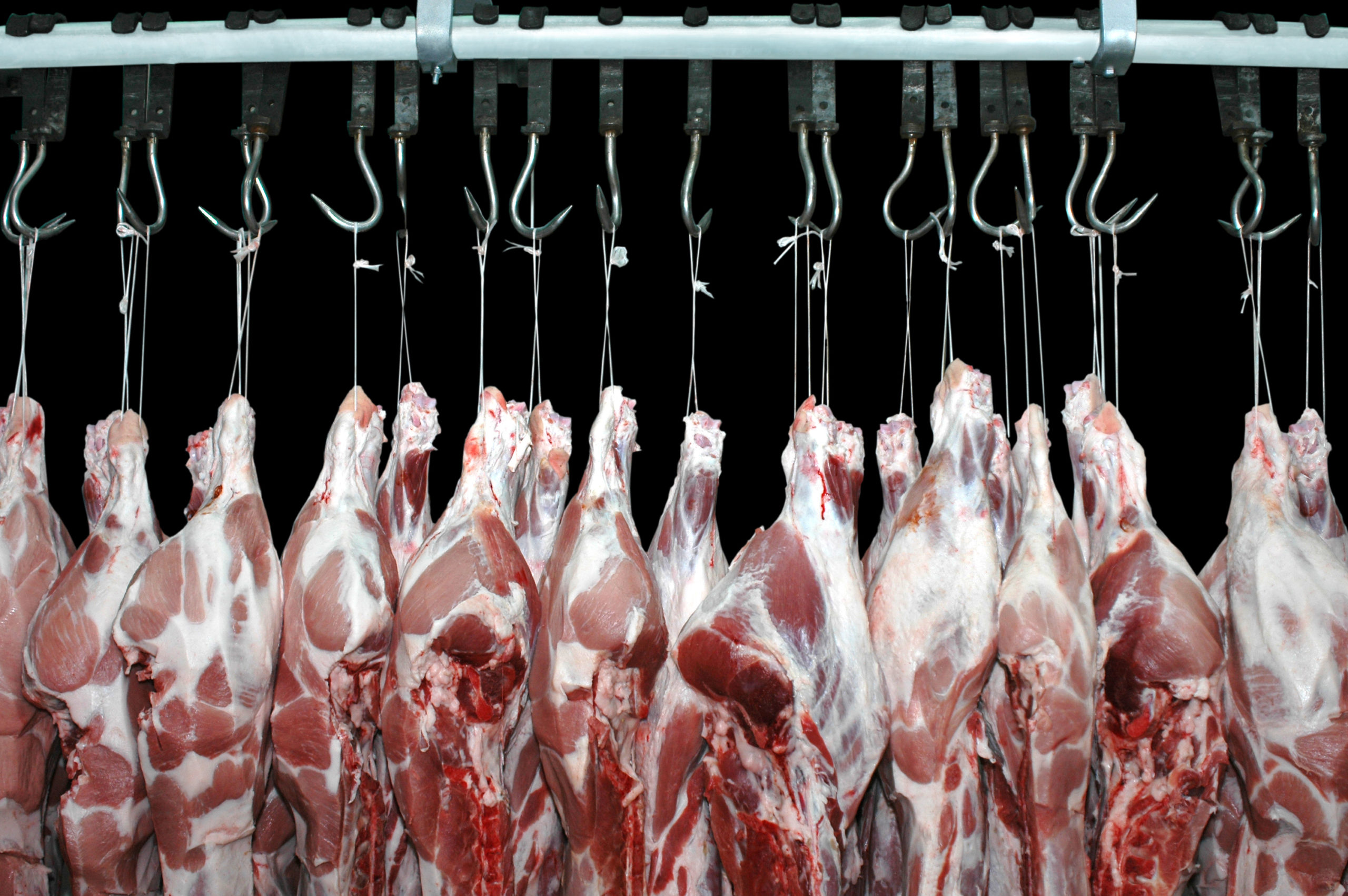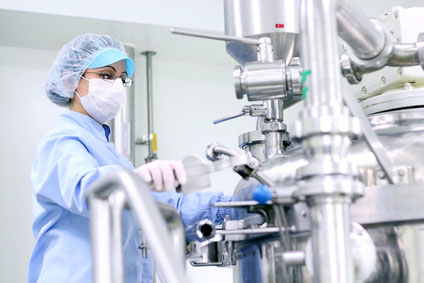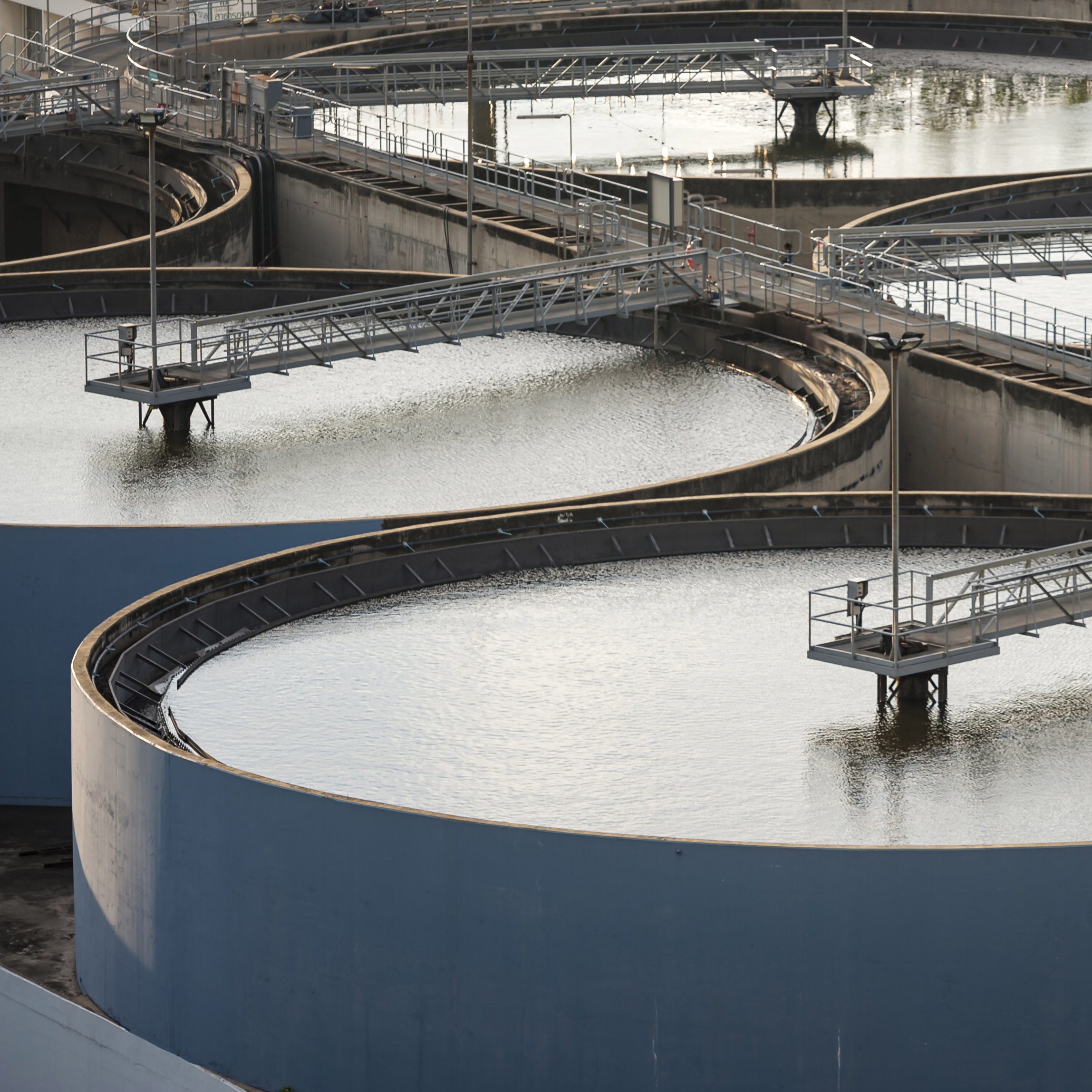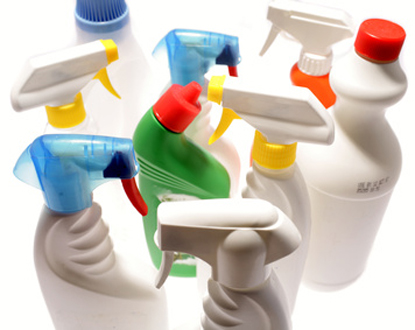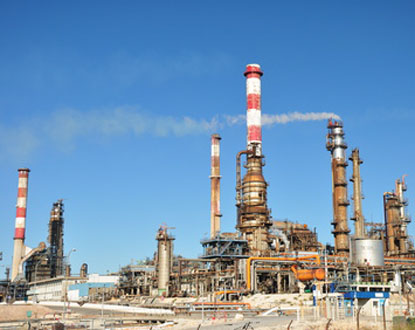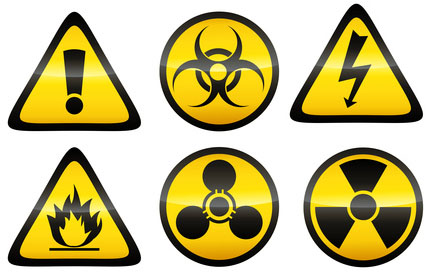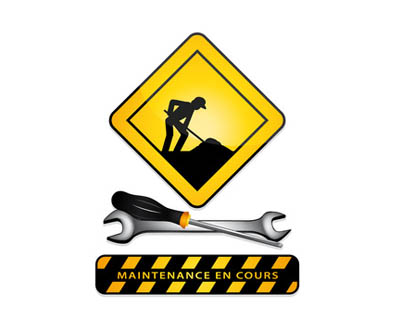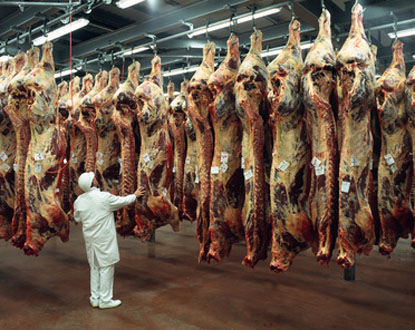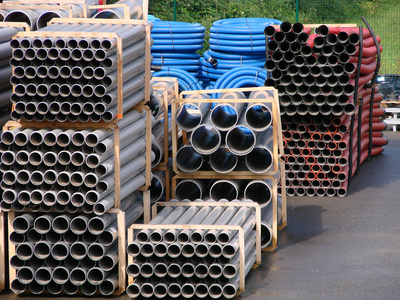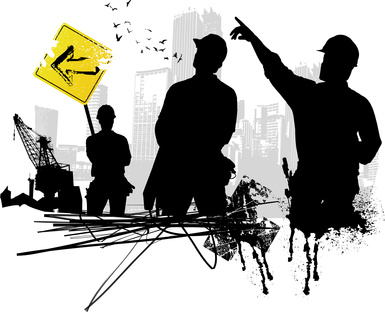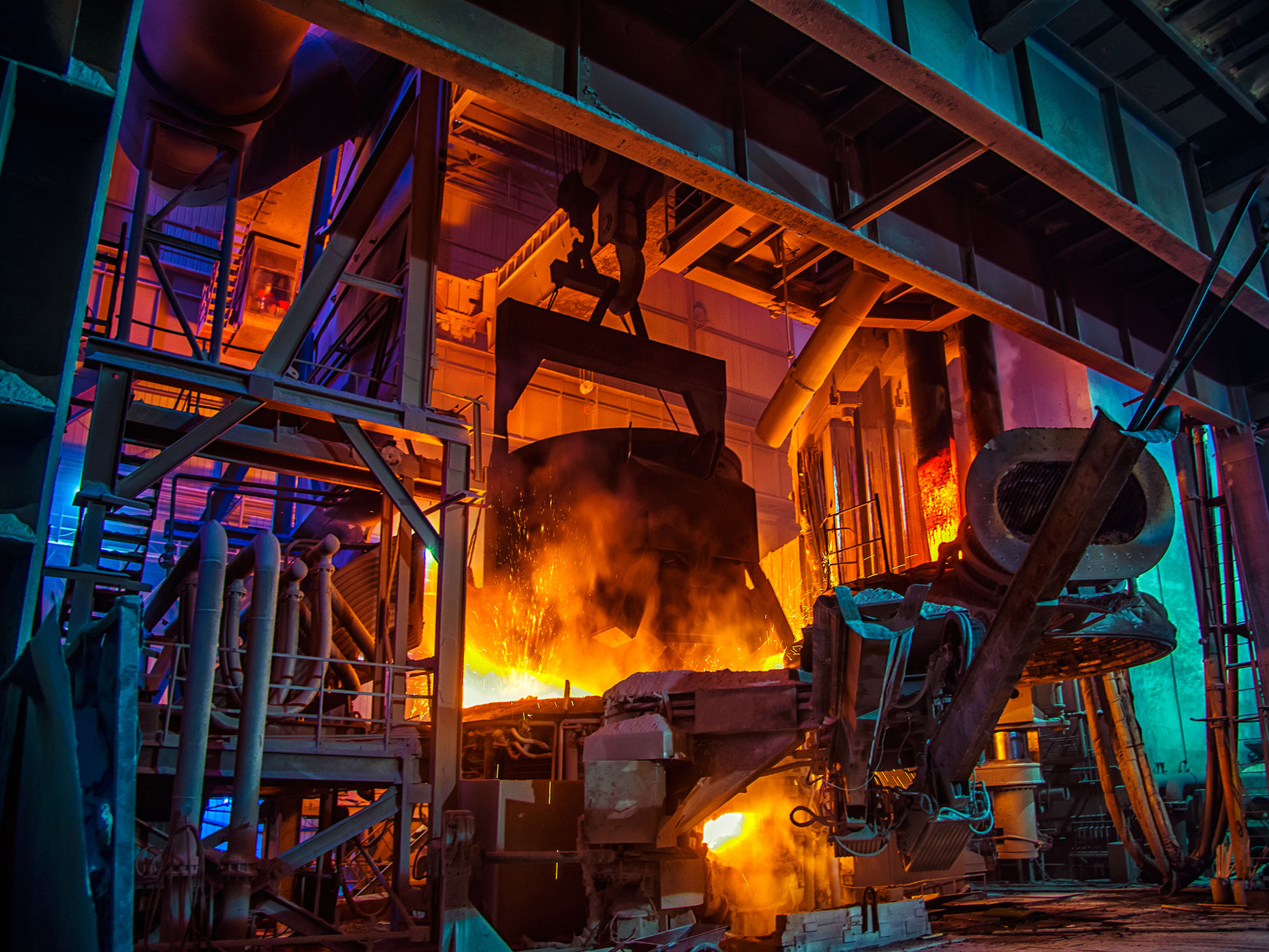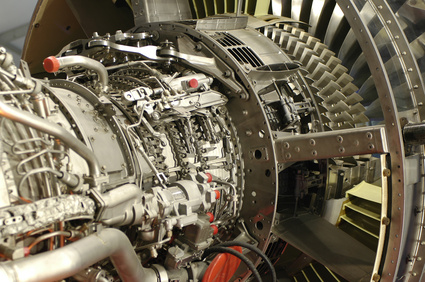Industries
Sugar industry: chemical exposure in sugar production
Following a crisis period between 2017 and 2020 due to a change in regulations, the European sugar market is currently experiencing significant growth of almost 50%. As a result, both the production and consumption of sugar are increasing. Sugar is a foodstuff used by individuals as well as by industries for production purposes. The latter represent a large part of the sugar industry's customer portfolio.
Exposure to chemical risks in the meat industry
Chemical risks in pharmaceutical industry
Pharmaceutical manufacturing is a complex process that involves the use of a wide range of chemicals, including solvents, reagents, and active ingredients. While these chemicals are essential for producing life-saving medications, they can also pose significant risks to workers if proper safety measures are not in place.
Lithium-ion batteries: why and when do they pose a risk of chemical exposure for people?
In recent years, there has been an increase in the use of motorised personal mobility devices (MPMDs) equipped with a non-combustion engine such as scooters, bicycles, unicycles, hoverboards and similar devices. Like more and more electric vehicles, most MPMDs contain lithium-ion batteries, which are appreciated for their excellent longevity and energy storage efficiency.
Chemical risk in wastewater treatment?
Chemical risks in detergents production
Chemical risks in petrochemical industry
Pictographs in the workplace
Chemical risks in chemical waste treatment
Chemical risks in semiconductors industry?
Chemical risks in mining industry?
Chemical risks in automotive industry
Chemical risk in industrial subcontracting for the maintenance
Chemical risk in food industry
The food industry produces both finished products for consumption and intermediate products for further processing. It is diverse compared to many other industrial sectors. This diversity can be seen in terms of size and nature of the companies as well as the wide range of raw materials, products and processes. The food industry is subject to very diverse local economic, social and environmental conditions, and varying national legislations.
Chemical risk in paper industry?
The interest of the paper industry market is first of all linked to the complex process required by the production of paper. Two distinct manufacturing operations can be set-up according to the quality of paper needed: mechanical process (mechanical pastes for newsprints and magazines) or chemical process (chemical pastes for writing, impression or packing: sulphite pastes and sulphate pastes or kraft) during which the wood fibres are insulated with chemicals such as bisulfites or sulphates.

